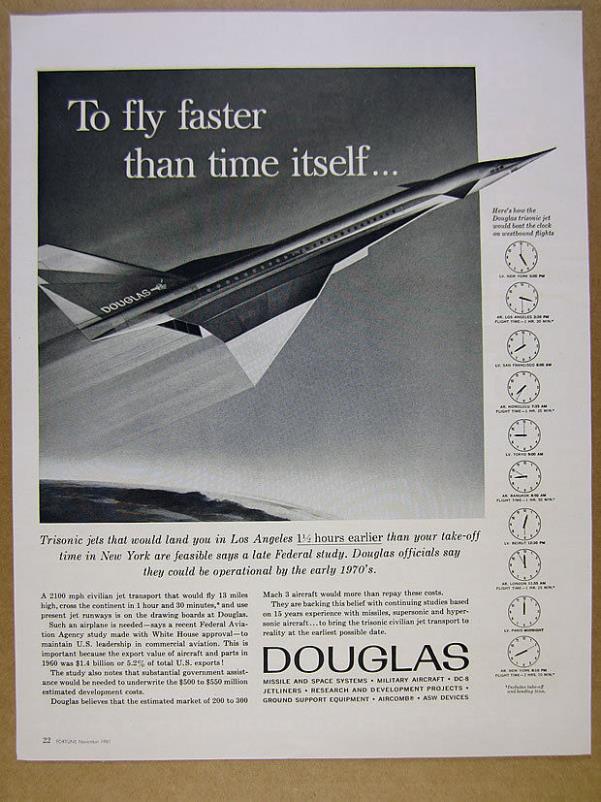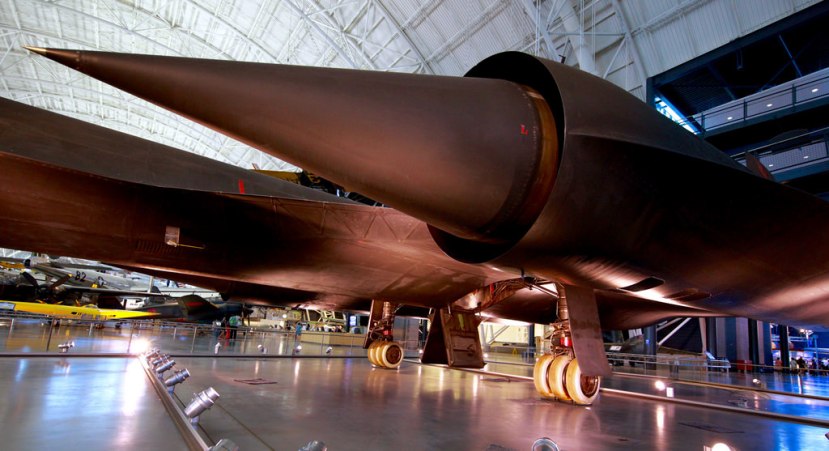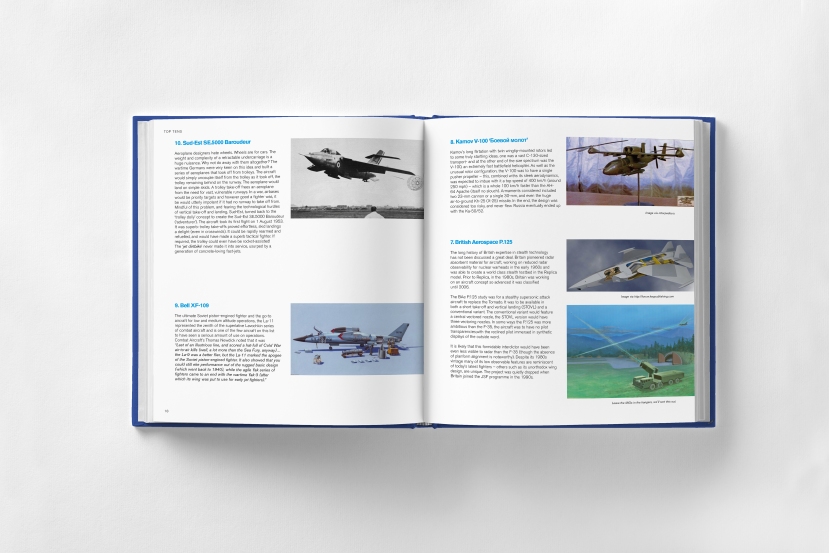Firefox: Would it have been any good in real life?

Jim Smith had significant technical roles in the development of the UK’s leading military aviation programmes. From ASRAAM and Nimrod, to the JSF and Eurofighter Typhoon. He was asked by the British Government to assess the YF-22 and YF-23; we wondered what he would make of a totally fictional aircraft, the titular Firefox from the 1982 Clint Eastwood film.
Hush-Kit’s Editor has asked me for my thoughts about three fictional aircraft: the Firefox; the F-19 and the MiG-37B. Firefox featured in two films, Firefox and Firefox Down. The F-19 was the subject of a famous kit by Testors, and a completely different kit by Monogram. These very different concepts purport to be based around aircraft sighted around Area 51 at the time. The MiG-37B is a concept for a Russian stealth fighter of the F-117 genre, and was the subject of a kit also by Testors. This first study will look at the Firefox.
Firefox

Credit: Kurt Beswick
The Firefox is a splendidly ambitious design, supposed able to achieve Mach 6 and to embody a range of advanced technologies, including thought control of it weapons systems (as long as you can think in Russian). Other claimed characteristics include 2 x 50,000-lb thrust engines, flight at up to 130,000 ft, internal carriage of 6 AA-11 missiles, 2x 23mm cannon and chaff and flare dispensing pods.

Apart from a few obvious blunders, I really quite like the Firefox. If one imagines a strategic air defence aircraft, capable of taking on the XB-70, SR-71, and other high-flyers like the U-2, a configuration which borrows from the Valkyrie makes some sense.

My biggest concern with the Firefox is the propulsion system, but I’ll leave that aside for the moment, and suppose sufficient thrust is available. The highly-swept near delta wing looks to fit inside a Mach 2.9 Mach cone, and it would be plausible to achieve that sort of speed without excessive wave drag and heating, assuming the stated materials for the structure. Mach 6, even for brief periods, does not look likely, particularly given the propulsion system. I like the use of the canard and the fold-down wing tips, both clearly borrowed from the Valkyrie, and the essentially high-speed bomber/transport-like configuration would be well suited for high-speed interception of strategic targets at high altitude. I would, however, expect any kill to be achieved using internally carried long-range air-to-air weapons. There is no need to carry 2 x 23mm cannon, and one cannot readily conceive a situation where this aircraft would be used in WVR combat.
Here are a few other (unsuccessful) aircraft designed with the same sort of performance goals (M 2.5 or thereabouts):



I particularly like the Douglas one, whose canard and wing resemble the Firefox quite closely, although it has a different propulsion arrangement and a single fin rather than twin fins.
What about propulsion? Well, what we do know about high-flying fast aircraft is that they have large engines, and truly enormous propulsion systems. Managing the intake compression process to bring airflow to the engine front face at stable subsonic speeds requires a very large and complex intake system. Look at Concorde, the XB-70, the MiG-31 (the real one) and the SR-71, and what you will find is huge engines behind bigger intake systems.

The Mach 3 XB-70 had a huge intake system for its six engines.
I used to attend meetings occasionally with Rolls-Royce at Filton. On the wall of their management conference room, occupying the entire length of the room was a fabulous full-scale drawing of the engine installation of the Olympus 593 in Concorde. Truly, engineering as art. But driven by the physics of getting the air to the engine in a usable state – stable in flow, and at the temperature and pressure required.
There is no way Firefox would work with anything that could be described as a high-bypass ratio turbofan. Something I recall being referred to as ‘a leaky turbojet’ would be more likely. But probably installed either like the Concorde in underwing nacelles, or like the Douglas supersonic transport or the XB-70.

The position of the XB-70’s six engines is apparent from the rear quarter.
The two twin-engine aircraft known to have this sort of performance are the remarkable SR-71, where the engines have been described as turbo-ramjet, and the MiG-31. For the SR-71, both the intake and ejector exhaust nozzle are critical to engine performance, and very complex airflow management is required. For the MiG-31, the powerplant is the Soloviev D-30R, which is a ‘leaky turbojet’ with a by-pass ratio of 0.57, but only about 2/3 the proposed thrust of the Firefox engine. In describing the earlier MiG 25, Jane’s stressed that most of the thrust at high speed comes from the intake and nozzle, and these are pretty complex for both the MiG-25 and 31.

Key to the MiG-25’s remarkable performance are its vast intakes.
I regard the splitting of the intake path both by the wing and the fin structure as a concern, given the known complexity and sensitivity of the intake systems for similar aircraft. I do not believe the system, as drawn, could get the aircraft to Mach 6, and possibly not even to Mach 3.
On the whole, I suggest the aircraft would be suited to two engines installed like Concorde, or indeed like current Sukhoi aircraft essentially in nacelles fed by underwing intakes. If the target performance were to be Mach 3-ish, as suggested by the appearance of the airframe, it does not seem evident that 50,000 lb thrust engines are required, leave alone additional rockets. It’s worth noting that the stated dimensions of the Firefox are significantly smaller than those of the SR-71, supporting the view that 50,000 lb thrust engines would not be required.
But then, all you would have is a sexier MiG-31, not at all what was envisaged by the film script.

What about thought-control? We already have voice control for a number of functions in some advanced aircraft. Thought control might be quite difficult, but programs have existed where there was conceptually a progressive hand-over of autonomy from pilot to system as pilot workload went up, allowing fuel to be managed without intervention, for example. However, I would think that thought-controlled weapons systems would be among the last to be implemented, because of the need to track ‘who did what’, both for training, and to provide an audit trail for decisions to employ lethal force.

The SR-71’s unique intake system.
I admire the ambition of the Firefox, and the recognition of the importance of advanced systems as well as the right airframe. There’s no way the stated design would achieve Mach 6, and given that, I prefer to view Firefox as a strategic interceptor, operating at a maximum of Mach 3+, heavily armed and with good systems. But no cannon, no auxiliary rockets, and somewhat smaller thrust. Otherwise, I think that the forward part of the aircraft does look somewhat crude, and would probably produce unacceptable high-speed drag.
I’ve selected the richest juiciest cuts of Hush-Kit, added a huge slab of new unpublished material, and with Unbound, I want to create a beautiful coffee-table book. Pre-order your copy now right here

This book can only happen with your support. Preorder your copy today here.

From the cocaine, blood and flying scarves of World War One dogfighting to the dark arts of modern air combat, here is an enthralling ode to these brutally exciting killing machines.
The Hush-Kit Book of Warplanes is a beautifully designed, highly visual, collection of the best articles from the fascinating world of military aviation –hand-picked from the highly acclaimed Hush-kit online magazine (and mixed with a heavy punch of new exclusive material). It is packed with a feast of material, ranging from interviews with fighter pilots (including the English Electric Lightning, stealthy F-35B and Mach 3 MiG-25 ‘Foxbat’), to wicked satire, expert historical analysis, top 10s and all manner of things aeronautical, from the site described as:
“the thinking-man’s Top Gear… but for planes”.
The solid well-researched information about aeroplanes is brilliantly combined with an irreverent attitude and real insight into the dangerous romantic world of combat aircraft.
FEATURING
- Interviews with pilots of the F-14 Tomcat, Mirage, Typhoon, MiG-25, MiG-27, English Electric Lighting, Harrier, F-15, B-52 and many more.
- Engaging Top (and bottom) 10s including: Greatest fighter aircraft of World War II, Worst British aircraft, Worst Soviet aircraft and many more insanely specific ones.
- Expert analysis of weapons, tactics and technology.
- A look into art and culture’s love affair with the aeroplane.
- Bizarre moments in aviation history.
- Fascinating insights into exceptionally obscure warplanes.

The book will be a stunning object: an essential addition to the library of anyone with even a passing interest in the high-flying world of warplanes, and featuring first-rate photography and a wealth of new world-class illustrations.





I had working for me a brilliant chap called John Jupe. As well as having been Chief Designer under Raoul Hafner of the Bristol 173, he was also Chief Engineer of QANTAS and then Chief Designer of the BAC 221 conversion of the Fairey Delta 2. He was subsequently Chief Structural Designer of the Concorde intake system and then Head of Future Projects at Westland Helicopters. I took over that role from him, but he chose to continue working for me and was the most monumental support to my efforts.
He told me that at take-off, the full static thrust of Concorde’s engines goes up through the engine mounts. In the cruise, only about 25% of the propulsion derives from engine thrust. The external M=2.0 flow is decelerated to about M=0.7 at the compressor face, with a large increase in static pressure, which pushes back on the engine. Burning fuel in the engine produces some thrust, but mainly delivers a stable flow field to sustain the shock wave system in the intake.
He described the engine as virtually hanging in the engine mounts, whilst most of the cruise propulsion is provided by the suction forces on the intake lips “trying to rip the nacelles off the wings”. The engine is basically acting as a pump which, with the variable geometry intake, sustains the flow system.
John was a generous and brilliant engineer. As he said, there are not so many men who have been Chief Desgner of a tandem rotor helicopter, or a supersonic fixed wing aircraft – and he had done both!
Incidentally, the discussion above also explains why an inlet ‘unstart’ is such a significant event for an SR-71. If the shock system detaches or breaks down on one intake, there is a huge amount of propulsion loss combined with momentum drag as the air that was due to go down that intake backs-up and spills out into the external flow, The aircraft then tries to swap ends at high speed. Hearsay is that this is a structural design case for the fins.
Great article! I’m Kurt Beswick, the guy who created that illustration and runs the MiG-31 Firefox fansite. I totally agree with your analysis of the Firefox, not only would it never achieve that kind of performance but a little known fact is that the aircraft isn’t even airworthy. When filming of the movie began they originally constructed a large scale radio-controlled aircraft to use for some scenes. I spoke to the guy in California (Joe Cherry) who was tasked with building it. He said he had to make so many critical changes to the CG and wing area that it changed the look of the plane too much and they ended up scrapping the idea. He did get it flying, but with much difficulty.
Since this site is about alternative aviation, you might find another illustration of a concept aircraft I created interesting: https://theaviationist.com/2016/07/29/take-a-look-at-this-cool-drawing-of-the-northrop-low-altitude-penetrator-concept/
Cheers!